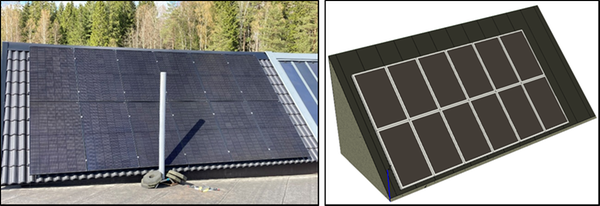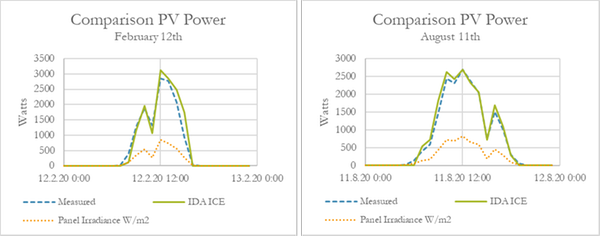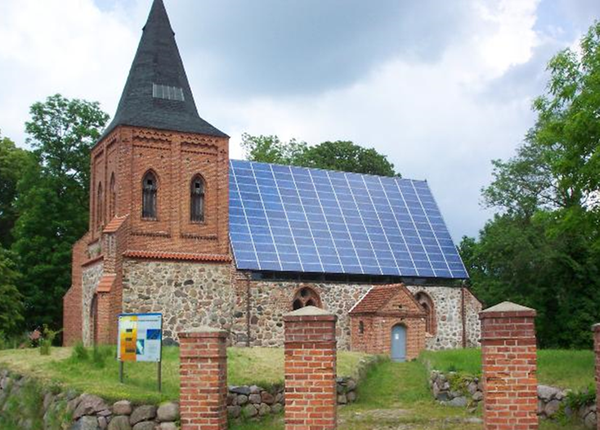2. Building Integration
%202.%20Byggnadsintegrering.jpg)
In the future, PV will be deeply integrated into everything from individual homes to large commercial and residential buildings. Integration means not only into physical building components, but into design, construction, maintenance, and the basic environmental control/weather protection functions of the building as well as its energy management systems. Coordinated control of all energy functions, including charging of electric vehicles, will be considered. SOLVE’s research will bring us closer to effective, attractive, resource efficient, and economically feasible building integration of PV. The research includes not only theoretical studies but also field trials, measurements and stakeholder surveys. Robustness, quality and characteristics will be evaluated by testing of products, leading to new standards, strengthened quality and decreased risk perception related to implementation of PV in the built environment. The research will also support development and demonstration of specialized building-integrated products and prefabricated solutions for the Swedish and international markets.
Theme Leaders
Projects in Theme 2
PhD project: Software evaluation: IDA ICE 5.0 (beta)

PV system in reality (with shading device) and the same system in IDA ICE
As the integration of PV panels becomes more and more common, and as panels become more affordable, suboptimal (read: partially shaded) building surfaces are increasingly considered for use with solar panels. As a result, PV design tools that accurately predict power output under such conditions are needed for planners. In the newest version of the building energy simulation software IDA ICE, which is currently under development, the PV modelling has been upgraded and claims to be as accurate as already established PV design tools. This project therefore investigates the accuracy of IDA ICE 5 (beta) PV modelling in comparison to measured data from existing arrays and 3 established PV design tools.
Partners: RISE & EQUA

Example results from one of the tested systems during partially cloudy conditions
PhD student - Marieke Rynoson at Dalarna University
PhD project: PV + CHURCHES?
Due to the orientation of church buildings, one of the roof sides faces south, providing ideal conditions for the installation of PV panels. Many parishes are interested in installing panels on their roofs, but most often permission is denied by the competent authority. There is no general map on the motivation of the parishes to submit an application and equally no overview for the reasons that an application is denied or granted. To bridge this gap, an interview and questionnaire study will be made in cooperation with researchers from social sciences.

PV panels installed on church in northern Germany; source: Christian Pagenkopf, via Wikimedia Commons
Doktorand - Marieke Rynoson vid Högskolan Dalarna
PhD project: Integration of PV with building energy systems - economic and
environmental benefits, with theme 7 (sustainability and LCA). Dalarna, RISE
- The economic and environmental benefits of PV integration with a building's energy systems, including EV charging, will be compared with other systems
PhD project: Bringing PV roofs and facades into mainstream construction products - core barriers and mitigation measures RISE and Dalarna
- Starting off with a review of six national BIPV innovation system analyses currently developed in Sweden, Netherlands, Spain, Austria, Italy and Australia, we will further inquire how to boost the market for BIPV in commercial and public buildings.
Key project partners: Vasakronan, CTEK, Lindab, LF Göteborg, Luleå energi, Svenska kyrkan, UBAB, Soltech

%20(2)%20Malin%20Unger.JPG)
%20Chris%20Bales.JPG)